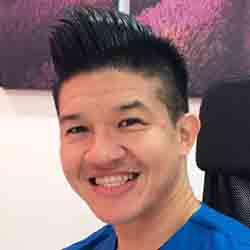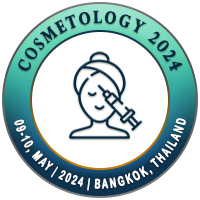
Chee Ling Tan
Elegant Clinic, MalaysiaTitle: My clinical practices and experiences of using AMT (Autologous Micrografting Technology ) in hair restoration for both Male Pattern Hair Loss (MPHL) AGA and Female Pattern Hair Loss (FPHL)
Abstract
Hair follicle autologous micrografting for Androgenetic Alopecia in both men (male pattern hair loss) and women (female pattern hair loss) is the next great promise in the regenerative approach to this condition. Autologous Micrografting is a onesurgical-time procedure that stands out for being fast, easy to perform, safe and effective. It consists of the extraction of autologous hair follicle micrografts that will be injected as a solution into the scalp of the patient in the same surgical time, with no harvesting or cell manipulation involved. To obtain viable tissue micrografts we used the innovative AMT technology , which allows the disaggregation of small biopsies into micrografts of 70-80 microns suspended in a solution. This technology has been used for regenerative treatments in different fields, such as skin rejuvenation, wound healing, cartilage degeneration, and androgenetic alopecia. In the latter, these micrografts come from skin biopsies with healthy hair follicles, and contain progenitor cells (CD90+/CD105+/CD73+/Melanocyte progenitor cells, HFDMSC CD 44+, HFESC CD200+), extracellular matrix (ECM), and growth factors. When transferring micrografts to the wounded tissues, they will communicate with cells affected by disease. Through this signaling in which growth factors (TGF-beta 1, PDGF-AA, IGF-1, IGFBP- 6/3/2, EGF and bFGF), ECM components and progenitor cells are involved, the cells in the wounded areas start to activate the regeneration process. These growth factors are known to activate Erk pathways, MARK pathways, EGFreceptor signaling pathways and some other cascades in inflammatory regulatory response. In Autologous Micrografting,
micrografts are viable clusters of cells that secrete trophic and immunomodulatory factors through an extended period. All these components come from a tissue that is homologous to the recipient, and the signaling can be more specific than in PRP. Thus, the effects of the AMT® treatment encompass multiple targets of the hair follicle miniaturisation process. It helps increase ECM production, growth factors production, neoangiogenesis, modulation of inflammation and tissue remodeling. This helps achieve a stop in hair loss, increase in hair thickness, and faster and better wound healing.
Biography
To be updated

